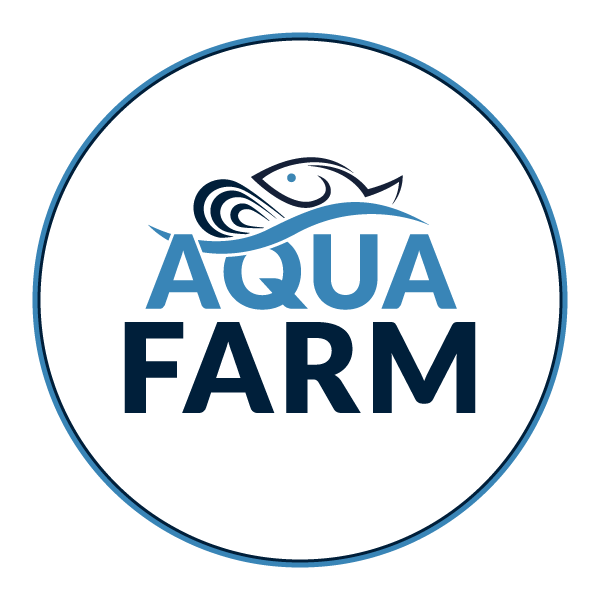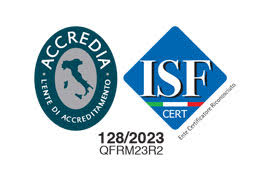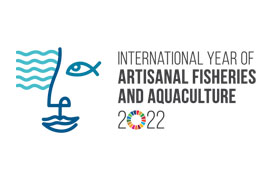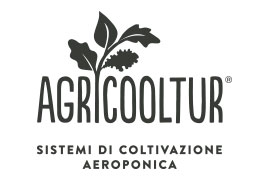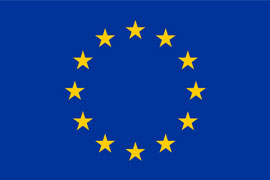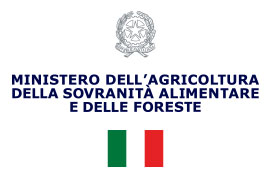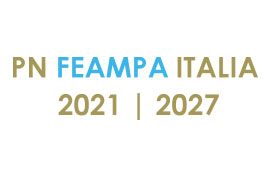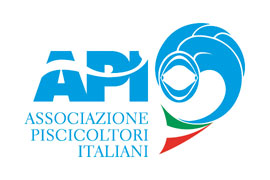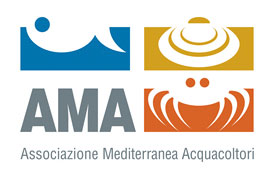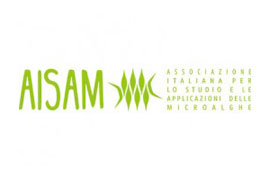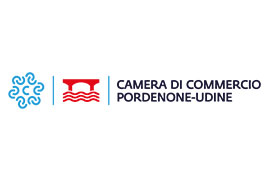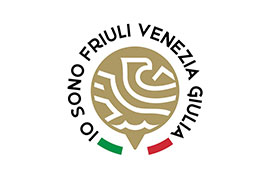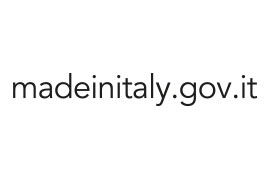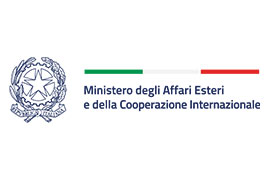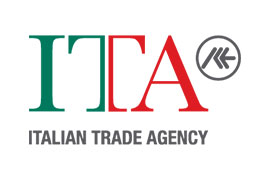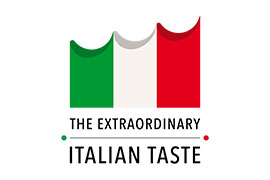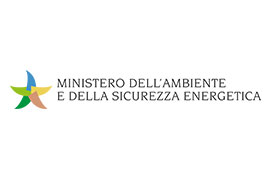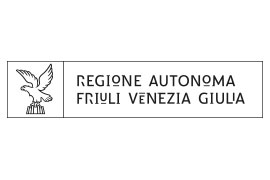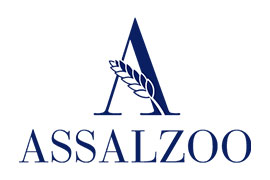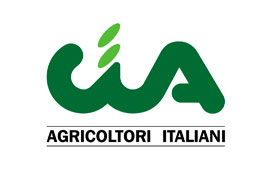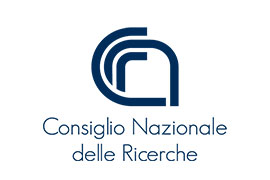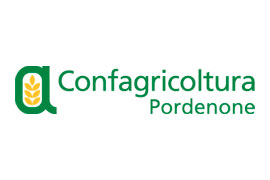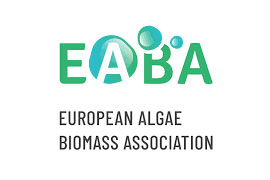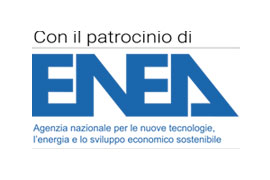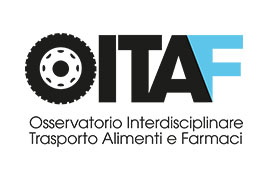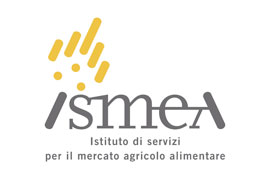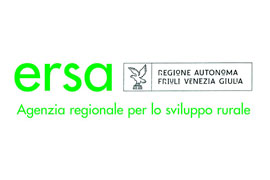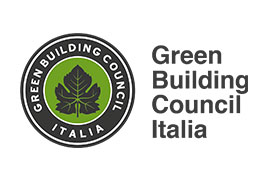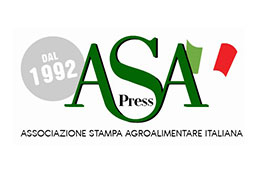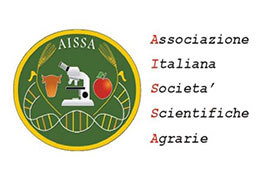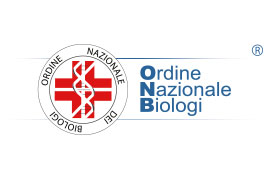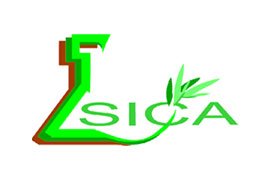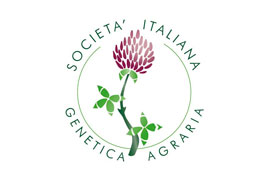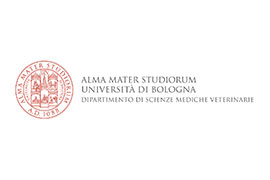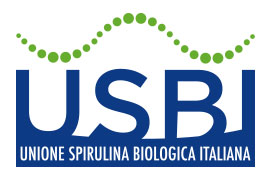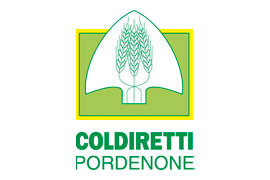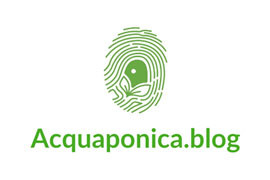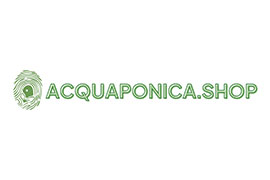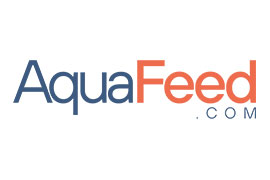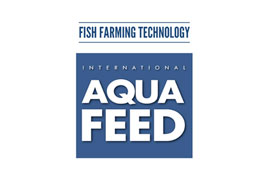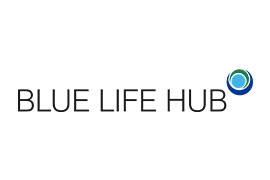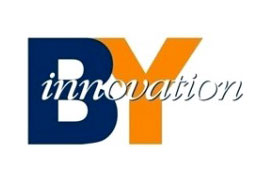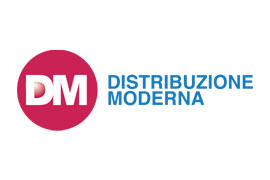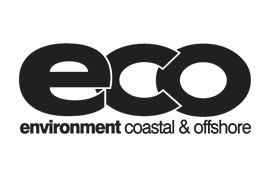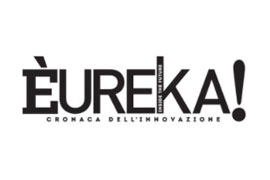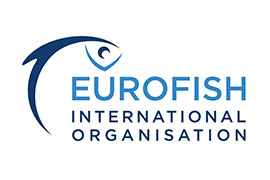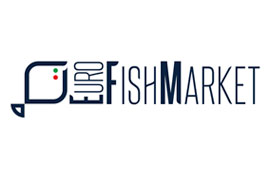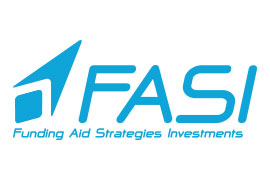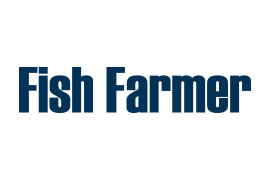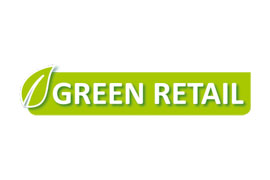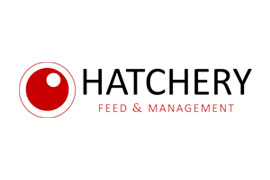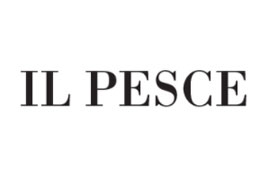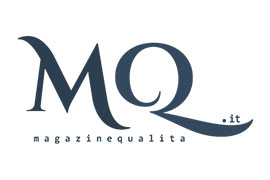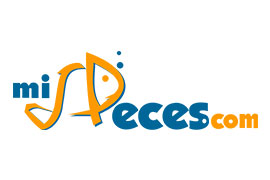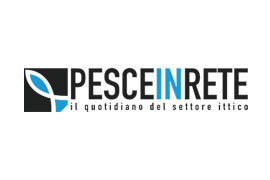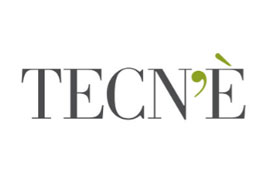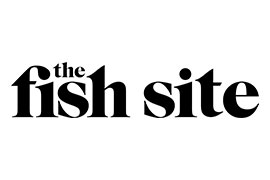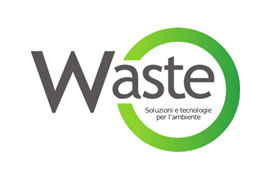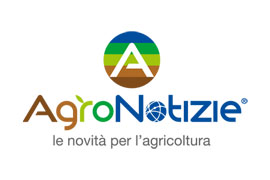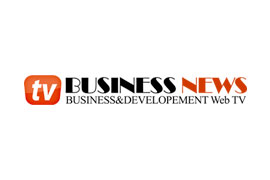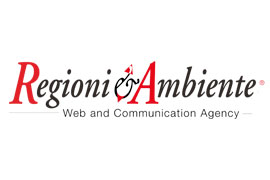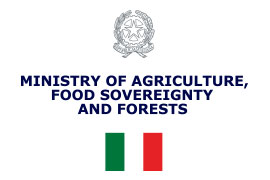Title: Economist PhDCandidate
Association/Company: NISEA soc.coop.
Biography:
I am an economist. My research area is focused on the economics, statistics, and social fields. Since 1999 I have undertaken international research activities at the main public and private research institutes. Since 2013 I have held the role of project manager and founding member of NISEA, research cooperative. I have experience in the main certification tools, and in sustainable green accounting for aquaculture farms. Over the years I have become an Italian contact person for social data in fishing, contributing, among other things, to the “Study on the role of women in fishing in the Mediterranean and Black Sea”. I’ve been invited in many STECF working group and I was Italian focal point in the GFCM/SIPAM. I was team leader of the marine aquaculture case studies in Success (H2020) and project manager for the MedAID (H2020). I am currently investigating the circular economy in aquaculture sector.
Speech session
The value chain of farmed rainbow trout – opportunities and challenges (FAO – SVC4MED Project)
Intervento
Improving the sustainability and competitiveness of the Italian farmed trout value chain
Abstract
This is a presentation of main findings about of Italian trout case study carried out during the FAO SVC4MED Project. The study aimed to identify the strengths, weaknesses, opportunities, and threats (SWOT) of the trout sector in Italy. For this purpose a value chain analysis was conducted focusing on the Triveneto region, the primary production area in Italy. The findings reveal that the main strengths of the sector are its high-quality standards, its diversified products and its strong market demand. Likewise, the main weaknesses are its dependence on traditional feeds, its high production costs and its low profitability. Some of the key opportunities are the potential for innovation, diversification and certification, as well as the growing consumer awareness of environmental and social issues. Most concerning threats are the climate change impacts and the regulatory uncertainties. The study also suggested a possible strategy to enhance the value chain and improve the economic, social, and environmental competitiveness of trout farms in Italy over time. The strategy involves improving the governance and coordination of the sector, promoting innovation and sustainability, strengthening the market position and communication, and enhancing the social and territorial integration of trout farming.


